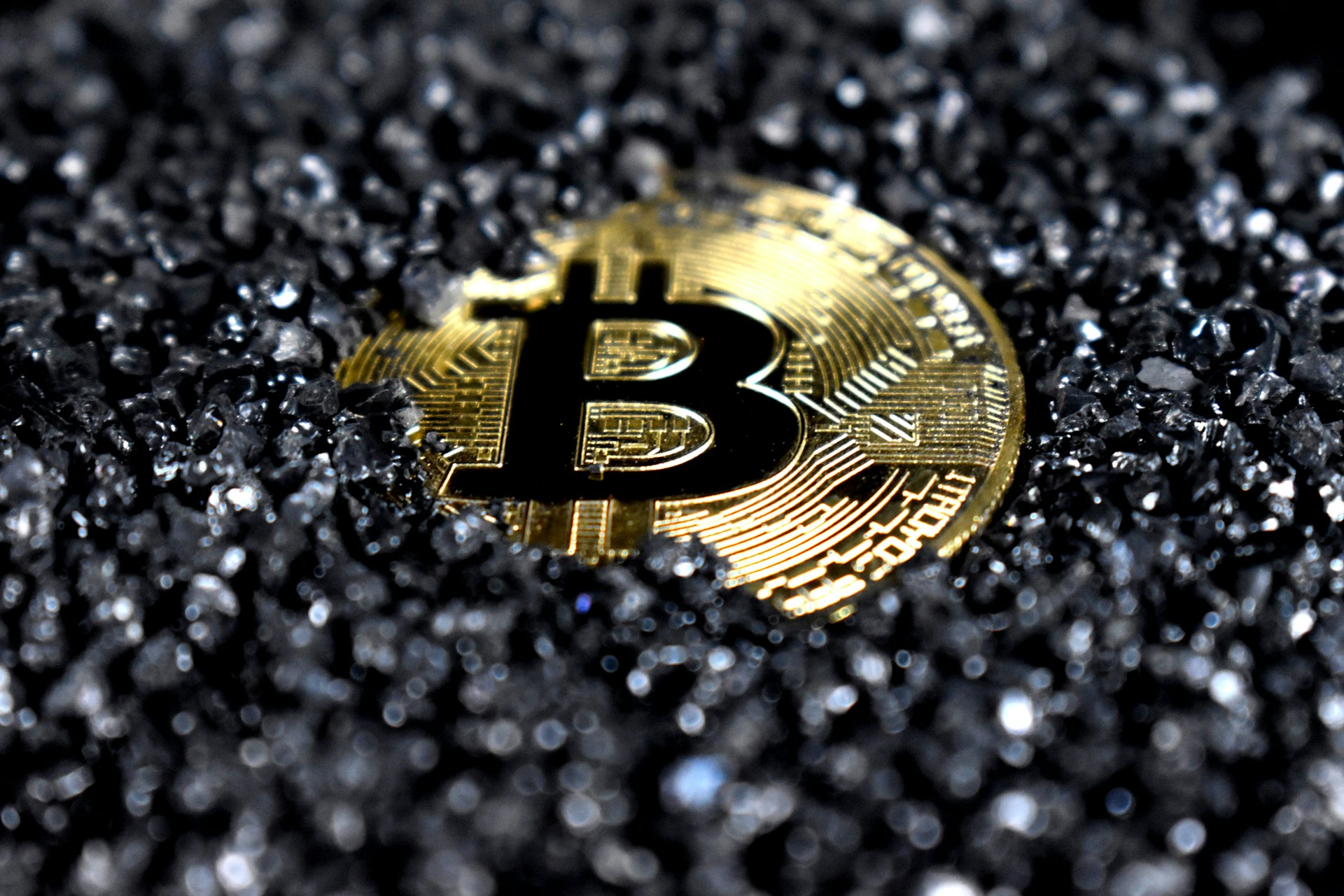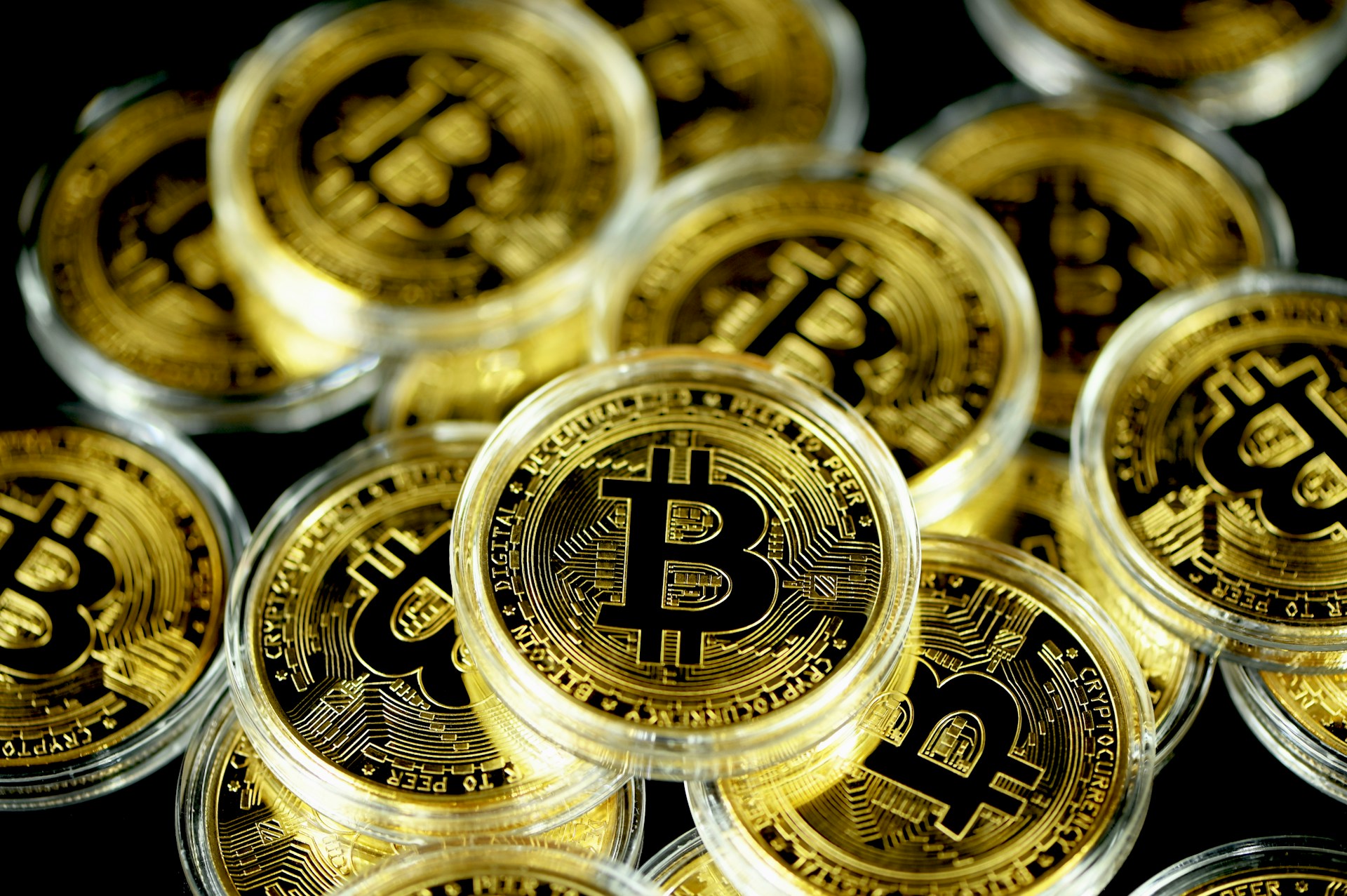The rise of cryptocurrencies such as Bitcoin, Ether, and various stablecoins has highlighted the unique advantages of blockchain-based digital assets. Now, the cryptocurrency community and mainstream finance are exploring ways to apply these benefits to traditional assets through an emerging field known as asset tokenization. Asset tokenization involves recording ownership of traditional assets on blockchains. This approach can potentially streamline transactions, democratizing access to specific investment opportunities and increasing liquidity in traditionally illiquid asset classes like real estate and art. In this article, we’ll provide an overview of the current landscape of asset tokenization and its mechanisms.
Tokenization Opportunity
At its core, tokenization involves bringing Real-World Assets (RWAs), whether tangible or intangible, onto blockchain platforms. However, the impact of tokenization extends far beyond merely digitizing assets. One distinguishing feature of tokenization compared to other blockchain innovations is its dual benefits, benefiting both individuals engaging with tokenized RWAs and the institutions facilitating the tokenization process.
For institutions, tokenization presents an opportunity to achieve significant cost savings and enhance operational efficiency. By eliminating manual processes and intermediaries, asset issuers stand to benefit from operational efficiencies and reduced backend costs. In money markets, tokenization can boost liquidity while lowering intermediary fees associated with compliance reporting, monitoring, management, and third-party brokerage services.
Moreover, asset tokenization substantially improves efficiency. Presently, the financial system often grapples with the cumbersome transfer of physical documents and prolonged settlement periods due to bureaucratic hurdles. With tokenization, settlements become immediate and irrevocable, bridging the information gap between transaction initiation and settlement, streamlining processes, and enhancing overall efficiency.
How to Tokenize an Asset?
Converting a real-world asset into a digital token on a blockchain involves several steps. While specific details may vary, here’s an example using real estate as a case study:
Creation of Digital Tokens
The initial step is to generate digital tokens representing ownership shares in the real estate property. This could involve establishing a legal entity dedicated solely to owning the real estate to be tokenized. The digital tokens would then symbolize shares in this entity, granting holders rights to a portion of the property’s value and benefits, such as rental income or appreciation.
Smart Contract Implementation
Smart contracts are pivotal in managing the issuance, balance tracking, and distribution of benefits associated with the digital tokens representing the tokenized asset. Operating on blockchains, decentralized programs execute specific functions based on transparent, auditable code. For tokenized real estate, smart contracts could manage tasks like-
● Rental income distribution
● Execution of governance decisions voted on by token owners (akin to a DAO)
● Payment of property maintenance expenses
Token Distribution and Sale
Once the digital tokens and associated smart contracts are in place, the tokens are typically sold to investors. This sale might occur through-
● Private offerings
● Public sales
● Blend of both using a whitelist model
Asset tokenization allows for efficient fractionalization of the asset, potentially expanding the market and enhancing liquidity.
Asset Management and Governance
Once tokens are sold, holders assume a role in managing the underlying real estate, which includes tasks like-
● Property maintenance
● Tenant relations
● Property enhancements

The level of collective control granted to token holders and the decision-making process is stipulated in the legal entity’s charter and encoded into the smart contracts associated with the asset.
Secondary Market Trading
Tokens representing shares in real estate properties can be traded on secondary markets post-launch. This enhances liquidity, offering token holders greater flexibility in selling their shares. Unlike traditional real estate investments, token holders can access a broader pool of buyers, facilitating smoother transactions.
Why Choose Asset Tokenization?
Asset tokenization can potentially democratize access to investment opportunities while maintaining necessary safeguards. Traditionally, due to high entry barriers, assets like commercial real estate and fine art were accessible primarily to institutional investors or the affluent. Here are three main benefits.
Democratization of Access
Asset tokenization allows for fractional ownership, enabling investors to own tokens representing small shares of assets. This fractionalization lowers the minimum investment threshold, allowing retail investors to participate in previously inaccessible markets and diversify their portfolios more comprehensively.
Market Fluidity and Efficiency
Asset tokenization can enhance market fluidity and efficiency through various means.
● Firstly, fractional ownership increases liquidity in traditionally illiquid assets like real estate, as investors can swiftly buy or sell tokens representing partial ownership. This contrasts with conventional real estate transactions, which are often lengthy and complex.
● Secondly, blockchain technology and smart contracts streamline transaction processes, reducing reliance on intermediaries, cutting down transaction times and costs, and facilitating a 24/7 global market for tokenized assets.
These efficiencies make markets for tokenized assets more appealing to investors, potentially increasing the value of underlying assets.
Security and Transparency
Blockchain technology offers increased security and transparency for tokenized assets. The decentralized nature of blockchains renders them resistant to tampering, instilling confidence in investors regarding the integrity of their holdings and transactions. Moreover, blockchain transparency reduces the risk of fraud in tokenized asset markets, as all wallet holdings and transactions are visible and updated in real-time, facilitating easy identification and evaluation of transactions.

While cryptocurrency projects have encountered security challenges, particularly in decentralized finance (DeFi) protocols, innovations in digital asset security, such as enhanced intelligent contract audits, can address these concerns.
Conclusion
Asset tokenization represents more than a technological advancement; it holds the potential for a fundamental shift in asset management practices, offering benefits to retail and institutional investors. By transforming traditional assets into blockchain-based tokens, asset tokenization can revolutionize the investment landscape, introducing enhanced accessibility, market efficiency, and security measures.


More Stories
Leadership in Nonprofit Organizations: Challenges and Opportunities
Privacy Concerns and Solutions on Random Video Chat Sites
Escape the 9-to-5 Rut – A Trip to Work Fulfillment Through Magic Mushrooms